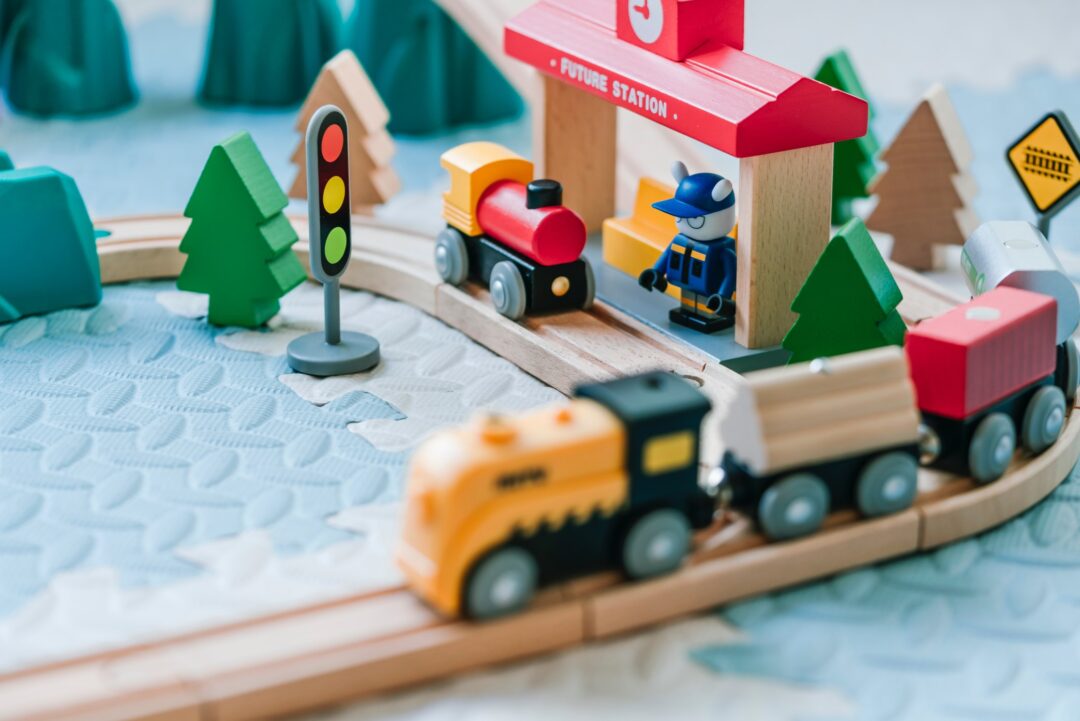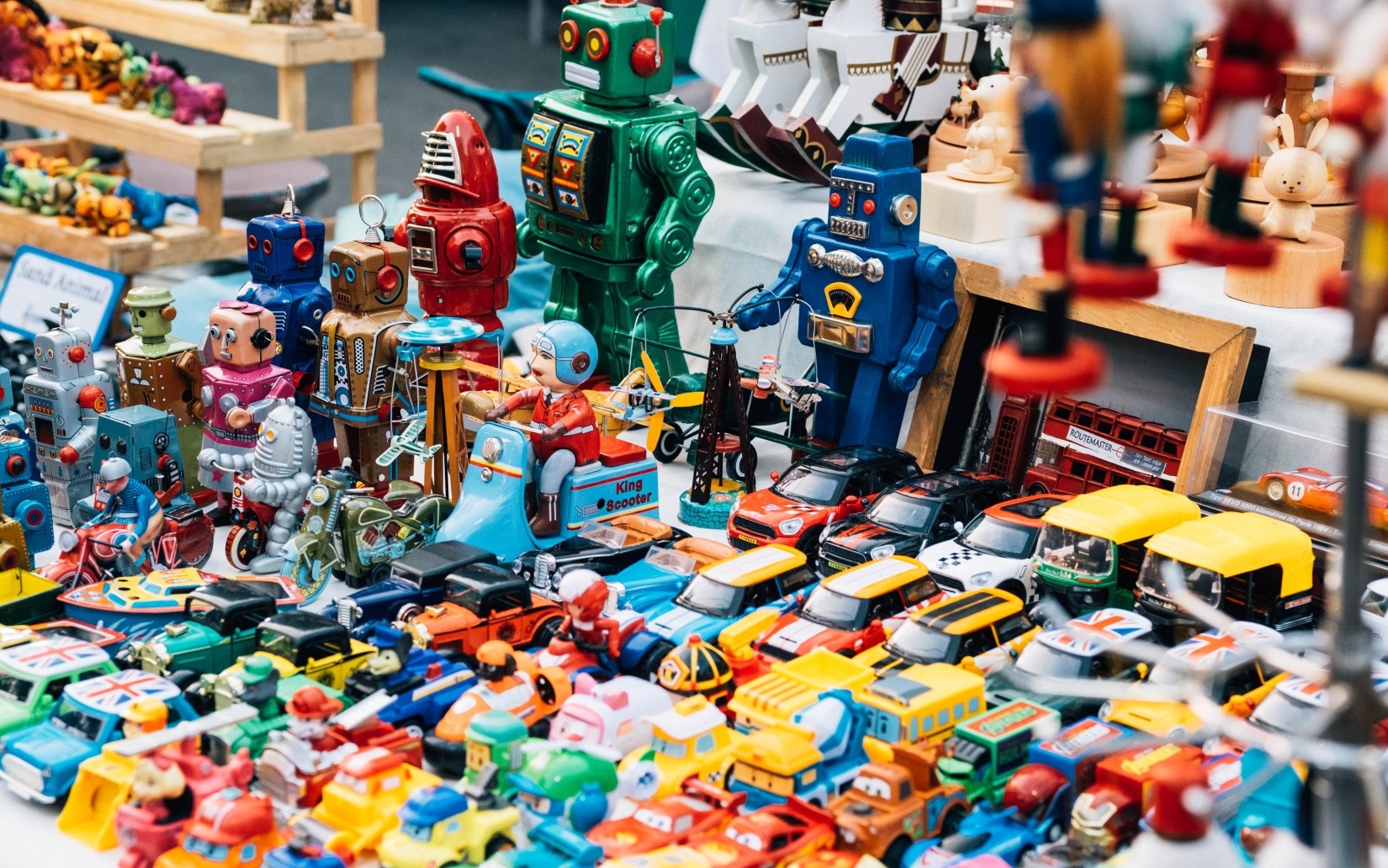Children’s toys are not just toys, but an important tool for the development and learning of a child. They help develop motor skills, motor coordination, logical thinking, imagination and social skills.
Types of children’s toys
There are many types of children’s toys, from classic dolls, cars and construction sets to modern robots, puzzles and interactive games. Each type of toy has its own characteristics and advantages. For example, wooden toys develop fine motor skills, while soft toys help the child relax and calm down.
- Dolls and figurines. Dolls and figurines can help children develop social skills, imagination and creativity. They can also be used for role play and learning social roles;
- Cars and vehicles. Cars and vehicles can help develop motor skills and coordination. They can also serve as toys for role play, such as transporting goods or passengers;
- Constructors. Constructors can help develop logical thinking and spatial thinking. They can also be used to teach assembly and disassembly skills;
- Puzzles. Puzzles and puzzles can help develop fine motor skills and logical thinking. They can also be used for fun and relaxation;
- Educational games. Educational games can help children learn new knowledge and skills. They can be used to study colors, shapes, numbers and other subjects.
How to choose a children’s toy
When choosing toys for children, the age of the child and his interests should be taken into account. For example, for toddlers, it is better to choose bright and colorful toys with simple shapes, and for older children, more complex and interesting models.
Children’s toys can be made from a variety of materials, including:
Plastic. It is the most common material for children’s toys. It is lightweight, durable and flexible, making it ideal for creating a variety of shapes and textures.
Wood. Wooden toys have a natural and natural look, which can attract baby’s attention. They are also strong and durable.
Textile. Fabric toys are soft and pleasant to the touch. They can be made from a variety of fabrics such as cotton, polyester, wool, and more.
Metal. Metal toys come in a variety of shapes and textures such as rings, cubes, balls, etc. They are strong and durable.
Ceramics. Ceramic toys have a smooth surface and can be decorated with various patterns. They are strong but can also be brittle if not handled with care.
Rubber. Rubber toys have a soft and elastic texture. They can be used for water and sand play.
Glass. Glass toys have a transparent look and can be used as decorations. They are also strong and durable, but can be dangerous if handled incorrectly.
Plastic. Plastic toys come in a variety of colors and shapes. They are light and flexible, but can become brittle when exposed to heat or cold.
Paper. Paper toys can be bright and colorful. They are easy to fold and can be used for various games.

It is important to choose high-quality and safe toys. It is better to choose toys made from natural materials. The advantages of using natural materials in the manufacture of children’s toys:
- Safety. Natural materials such as wood, cotton and leather are free of toxic substances and allergens, making them safe for children;
- Durability. Toys made from natural materials will last longer than toys made from synthetic materials;
- Environmental friendliness. The use of natural materials contributes to the conservation of nature, as they decompose faster than synthetic materials;
- Diversity. Toys made from natural materials can be decorated in a variety of ways, allowing you to create unique and interesting toys for every child.
How to make a toy
Making children’s toys is a creative process that can help develop a child’s handicraft and design skills. However, in the manufacture of toys, it is necessary to take into account the age and interests of the child, as well as use only high-quality materials. An excellent option would be to make a toy using a 3D printer. To print a toy on a 3D printer, follow these instructions:
- Select the appropriate file for 3D printing. You can find many free toy models on various sites such as Thingiverse and GrabCAD;
- Download the file to your 3D printer. Make sure it is compatible with your printer. If necessary, convert 3d file using an online file converter such as MiConv;
- Adjust print settings such as speed, temperature, and number of layers;
- Start printing. The process can take from several hours to several days, depending on the size of the toy and the printing options;
- After printing is complete, remove the model from the 3D printer and let it cool down. Treat the surface of the toy if necessary, such as paint or varnish.
Children’s toys play an important role in the development of a child, and choosing the right toys will help him grow and develop healthy and happy.
